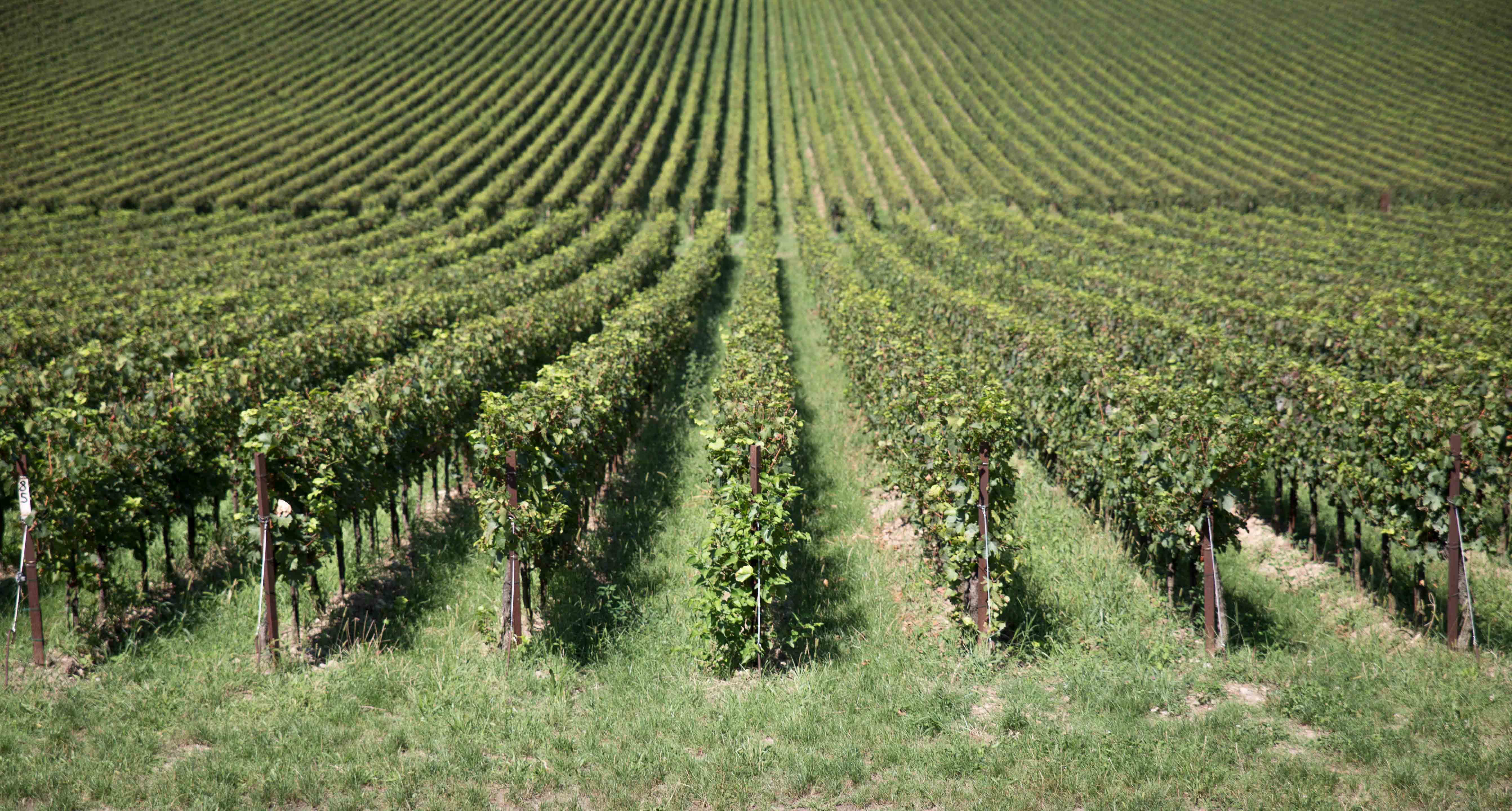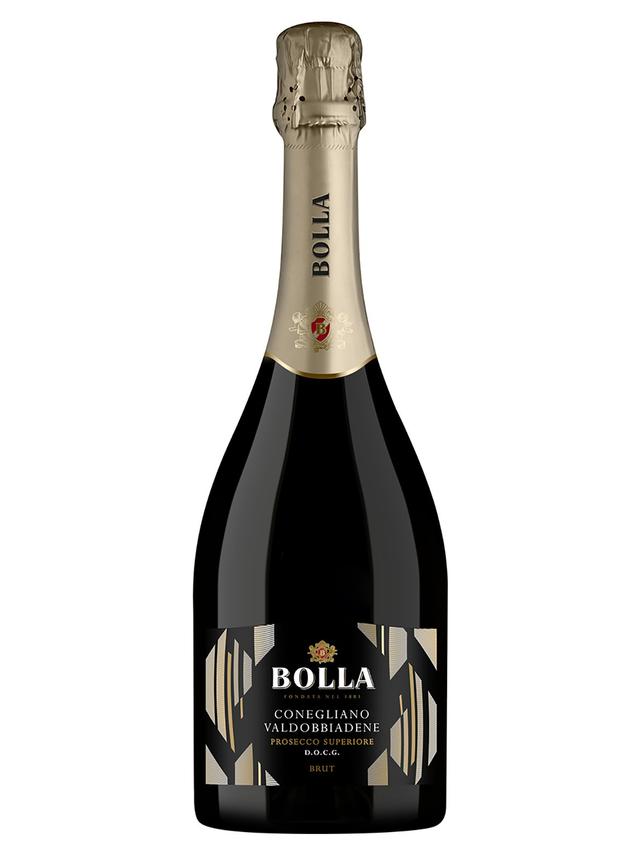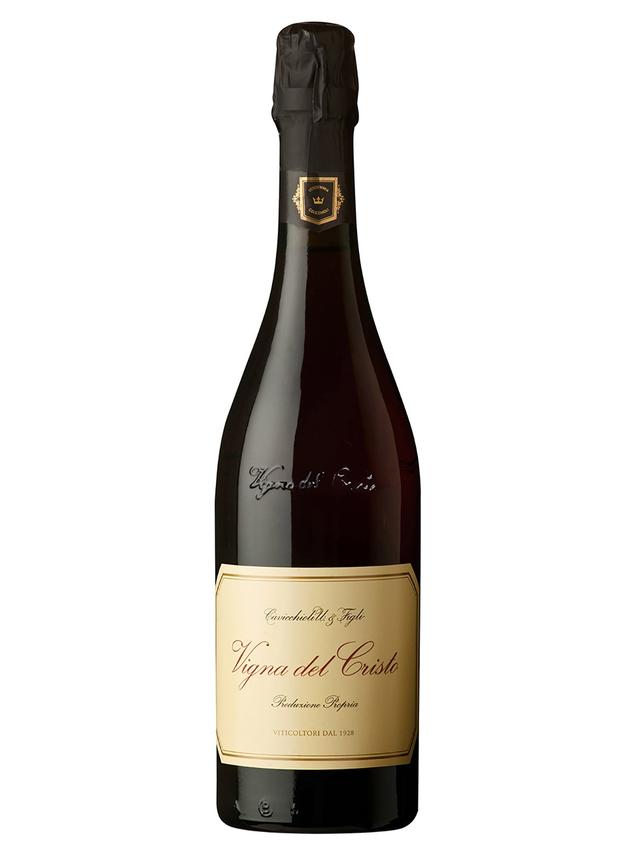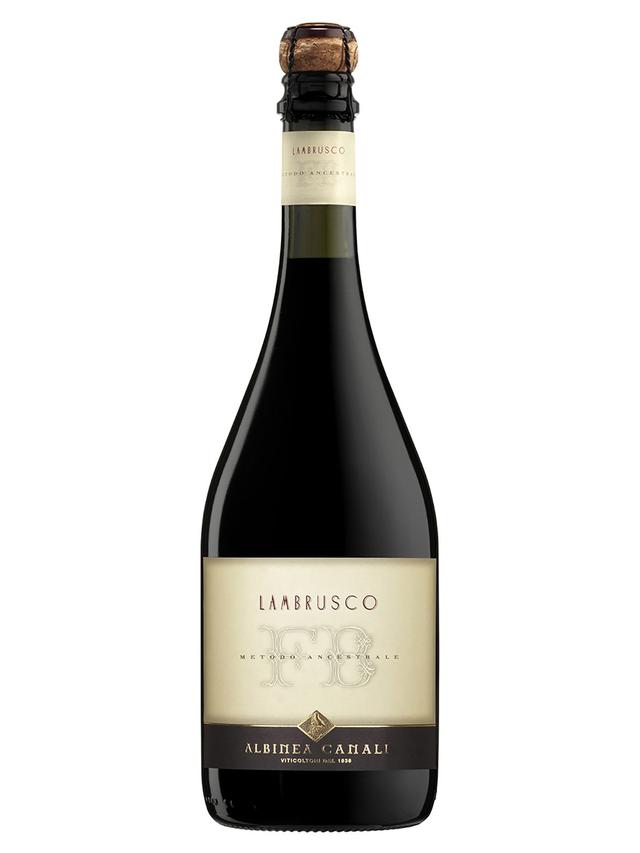Di Vino
The World of Spumante: what we need to know to choose the right bubbles.
07/10/2016

The Italian Bubbles team is captained with great success by Prosecco and Moscato d'Asti but lovers of spumante can choose between a myriad of types and styles in Italy. Almost all grape varieties are used, both white and red (and in Italy that really means a lot) and all wine-making methods, Charmat, Classic and Ancestral. They range from easy, fruity and light wines right up to great Metodo Classico wines able to compete with the famous Champagnes on the other side of the Alps. But how we can go about deciding when there is such a vast range to choose from?
 Charmat or Classic?
Charmat or Classic?
To create a spumante you start off with a base wine to which you then add sugars and yeasts to start a second fermentation so as to obtain a slightly more alcoholic wine, but above all a certain quantity of carbon dioxide which creates the sparkle.
There are two main methods of production. The first is the Charmat or Martinotti method: the second fermentation of the base wine takes place in a big steel container called an autoclave and this method is almost always used for Prosecco and Moscato d'Asti. From a spumante produced with this method we expect a fruity and floral aroma, a crisp and fresh wine, which exalts the original fruit and grape variety and which is for more immediate consumption.
The second technique is the Classic method: here the second fermentation takes place directly in the bottle (presa di spuma) and is typical of production of Franciacorta or Trento Doc.
The Classic method involves a long contact between the wine and its yeasts in the bottle which lends it a more developed structure and more complex aromas such as bread crust and many other "nuances".
"Millesimo", or the year of production
Spumante wines don't always show the vintage on their label usually being the result of a blend or "cuvée" of various vintages. So if we do see the "millesimo" this means it was a particularly good year and one to make a note of!

Which colour? White, noir, rosé ….
Blanc de Blancs means a wine produced exclusively from white grapes, for example, Chardonnay. But Blanc de Noirs? We see a white spumante in our glass, but it comes from red grapes (for example, Pinot Nero).
Rosé spumante, finally, is produced from red grapes. After a short maceration of the grape skins in the must, the wine takes on a splendid rose color which can vary depending on the grapes or what the oenologist wants to do, from an onion-skin shade to a very intense pink.
Dry, Dosage, Brut: sweet or dry spumante?
Spumante wines can have various levels of sweetness. They are divided into different categories depending on the amount of residual sugars found in the bottle.
- Pas Dosé or Brut Nature or Dosaggio Zero: the driest of all and the most fashionable; it has minimal residual sugars, a pure and intense bouquet, sometimes a little aggressive in the mouth; a wine of a certain impact and character.
- Extra Brut (0-6 g/l) and Brut(up to 12 g/l sugar): classic style, dry, balanced and suitable for almost all pairings, except sweet dishes!
- Extra Dry (12/17 g/l): the most popular, the perfect apéritif, balancing a lively acidity with a mild sweetness, creamy and round in the mouth.
- Dry or Sec (17/32 g/l): despite its name, it's nothing like sweet, on the contrary, it possesses an agreeable sensation of sweetness.
- Medium Dry or Abboccato (medium-sweet, 32/50 g/l) and Dolce (sweet, over 50 g/l): for the lovers of dessert wines!
So there we have all the indispensable information for choosing a spumante.
Which is the one for you?
Read others post









